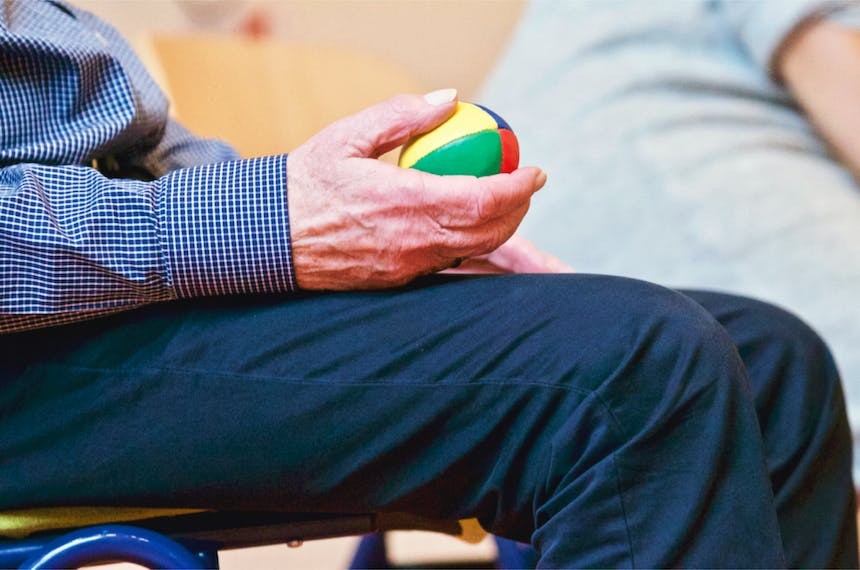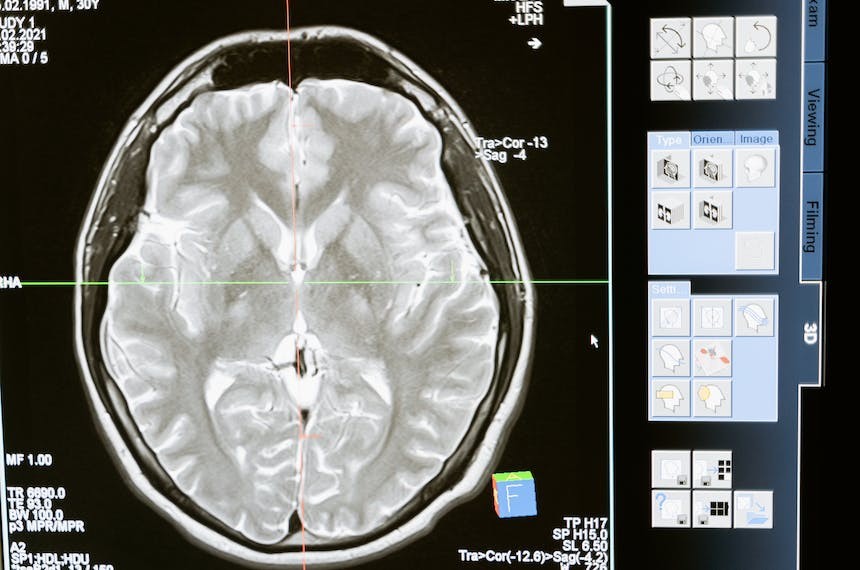
Serotonin Syndrome
Uncover the signs and management of Serotonin Syndrome with this comprehensive guide. Recognize key symptoms, from changes in mentation to motor and autonomic signs, and distinguish from other syndromes. Explore differential diagnoses such as Anticholinergic syndrome and Neuroleptic Malignant syndrome.
Serotonin Syndrome should be suspected if:
The patient is on a serotonergic medication and has :
Change in mentation, which can range from restlessness and anxiety to agitation and confusion or delirium
Motor symptoms and signs including tremor, increased muscle tone (lower limbs), hyperreflexia, spontaneous clonus, induced clonus
Autonomic signs including sweating (but skin color is normal), diarrhoea (with hyperactive bowel sounds), tachycardia , hypertension, fever, mydriasis
Differential :
Consider Anticholinergic syndrome if skin is dry and hot and red or bowel sounds are hypoactive and the reflexes are normal
Consider Neuroleptic Malignant syndrome if patient received a neuroleptic and has lead pipe rigidity in all limbs (means sustained rigidity unlike cogwheel rigidity)
Also, in NMS the reflexes are diminished, Pupils are normal, and bowel sounds are normal.
Consider Sympathomimetic syndrome if autonomic symptoms without motor symptoms.
MANAGEMENT
Cyproheptadine 12 mg initial dose followed by 8 mg q 6h delivered by Nasogastric Tube or orally
Diazepam 10 mg IV
Chlorpromazine 25 mg IM
Manage fever. Tylenol not effective. Cooling blankets and icepacks to be used as needed.
IV Fluids
Rhabdomyolysis to be managed with IV fluids to produce a urine output of 300 ml/hr until myoglobinuria stops





